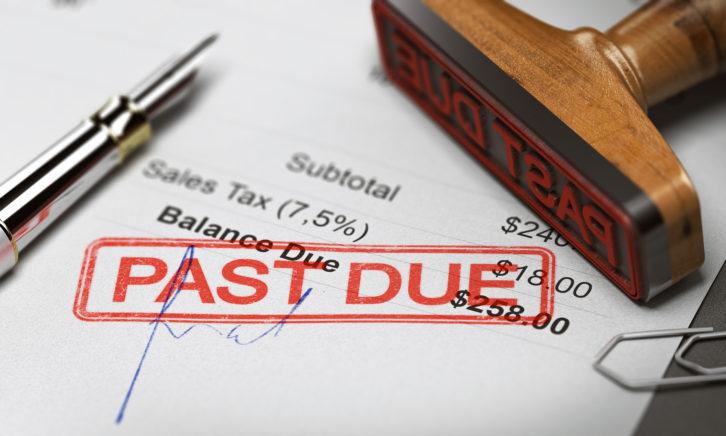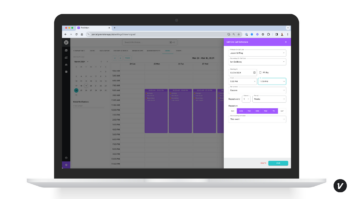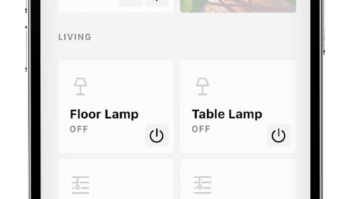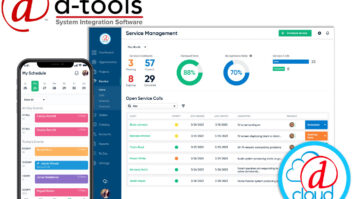
The longer you’ve been in business and the bigger it gets, the more clients you will have and the more service calls you will have to make. While we have a lot of tools at our disposal to avoid rolling a truck, on-site service calls are sometimes unavoidable.
Historically both of us have scheduled the service call and billed the client after the fact, allowing them to pay online or send in a check. However, we have both routinely run into issues with hard-to-collect clients. We both send several emails and leave voicemails for clients and Mark took a page out of Todd’s book and after 90 days would send a letter via traditional mail. This takes time and is cumbersome — printing the invoice, customizing the letter, addressing and stamping the envelope — it would often be one of those small tasks that suffered from procrastination. While each individual late or no payment is not a big deal, they can add up over time. Todd just went through all of the service call invoices more than 30 days past due and it added up to more than $4000!
Also by Todd & Mark: Our Video Distribution Recommendations
We started to brainstorm recently about some solutions to the problem. We came up with a few different ideas:
- Pre-bill the service call — Have the client provide a credit card that is run for the service call charge at the time of booking. The drawbacks to this method are that the client may solve the issue and then you owe a refund, or the service call requires additional parts or more time and then you have to send an after-the-fact invoice anyway.
- Keep a credit card on file for all clients — This is great because as soon as your tech leaves the site and reports back what was used, you get paid. You can also use this same card for recurring charges for support plans. The only drawback is having to get a new card number if the one you have on file expires or is compromised/cancelled.
- Collect payment upon completion of service call — All of your techs can carry a small credit card reader. You can get them from any of a multitude of providers — Quickbooks, Square, Paypal, etc. It is just small Bluetooth reader, about the size of 2 side-by-side AirPod Pro cases. You just have to keep track of the readers and get them back from any techs who leave. And the techs have to keep the reader charged, remember to bill the client at the end of the service call, and know how much to bill (or you can generate the invoice in the office and tell them how much to bill). If you don’t want to go the tech route, or have customers who want options, clients can also pay by check before the tech leaves.
Mark is such a small shop that he is usually on the service call, so he is implementing the third option of collecting payment at the end of the service call. He has had a QuickBooks reader for a while and it is very easy to use. Todd is leaning toward keeping credit cards on file and billing at the end of the call, as he has an office manager who can take care of this on a daily or weekly basis.
What are you all doing to ensure you are paid for the small stuff? Enough small stuff adds up to a big number!
Todd Anthony Puma is the founder and CEO of The Source Home Theater, based in Matawan, NJ and serving the greater New York Metro area. He often co-writes blogs for Residential Systems with Mark Feinberg, who is the founder and CEO of Home Theater Advisors, based in New York, NY.






